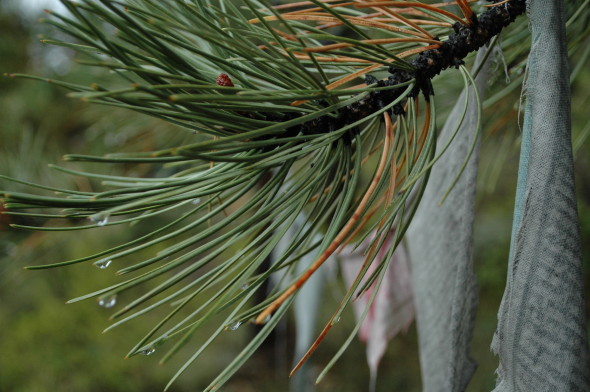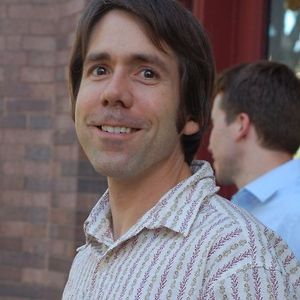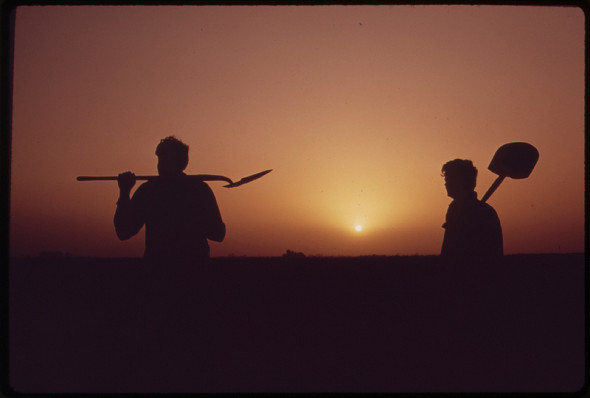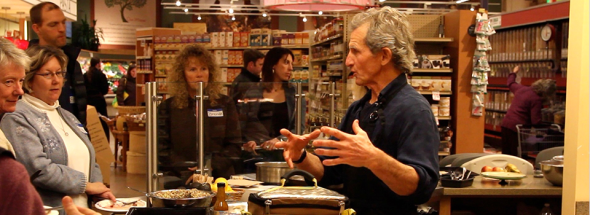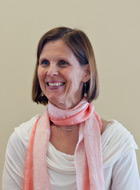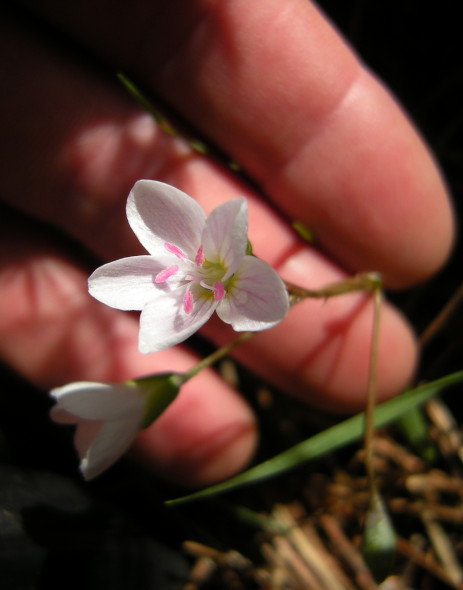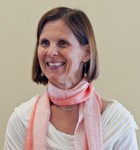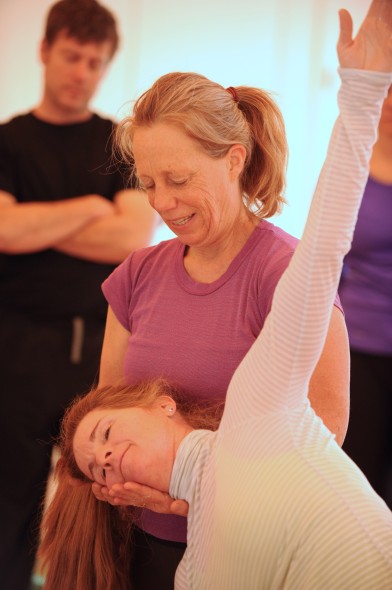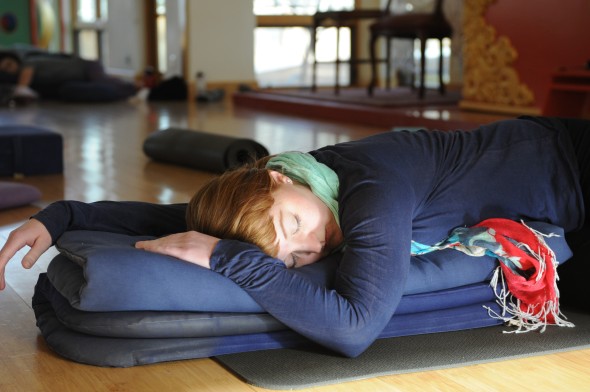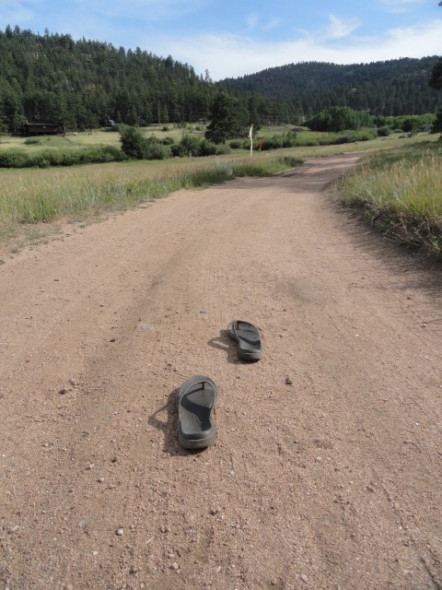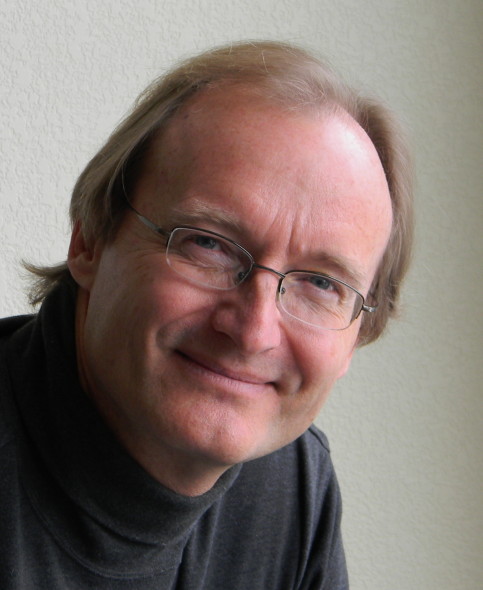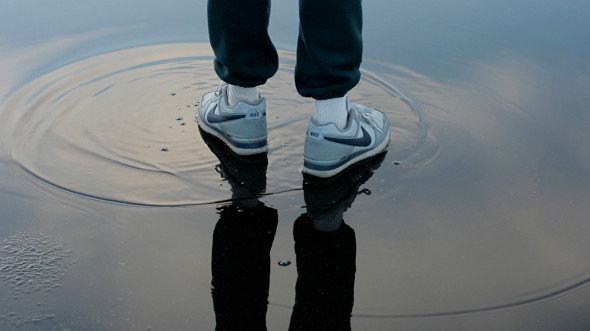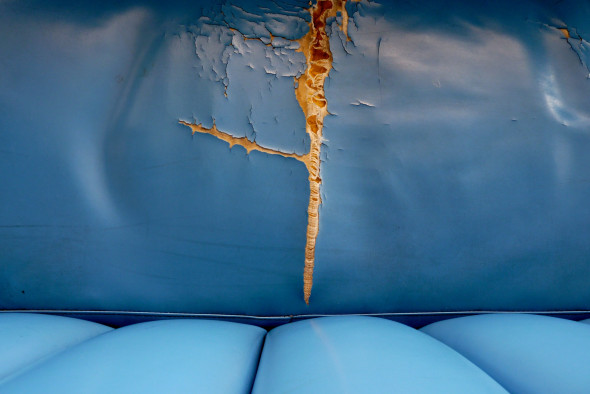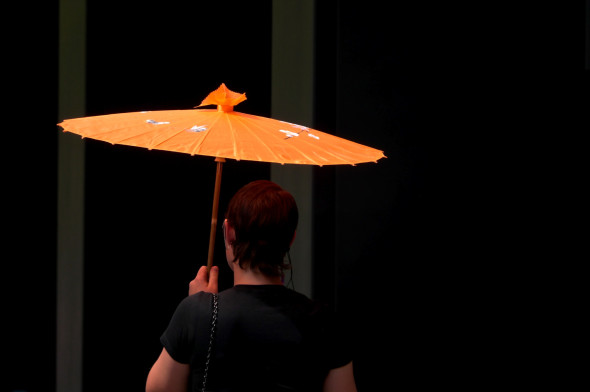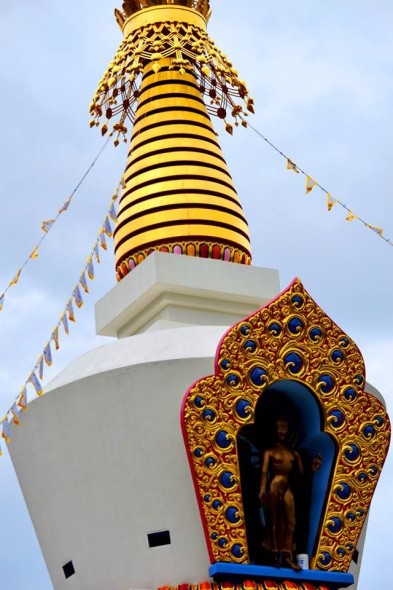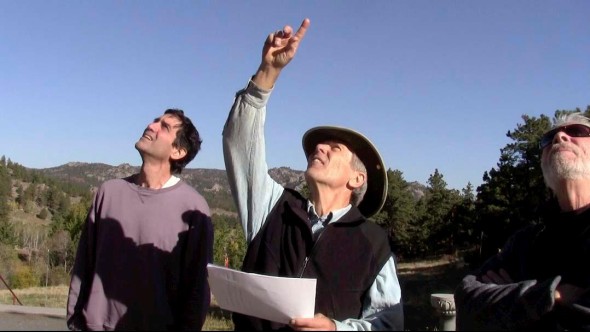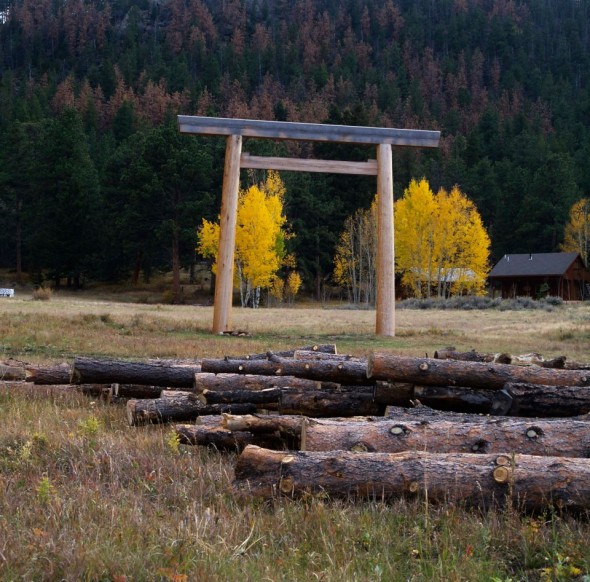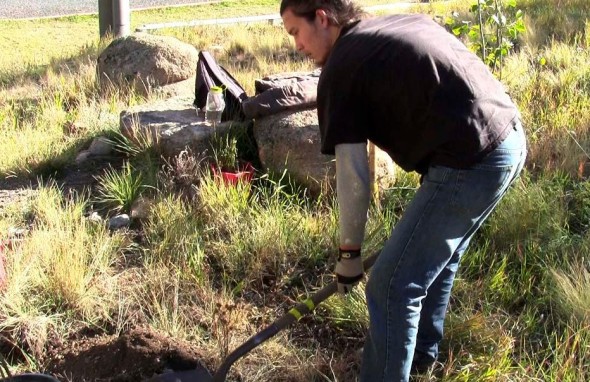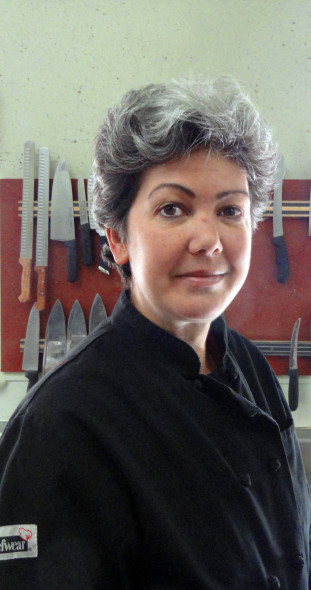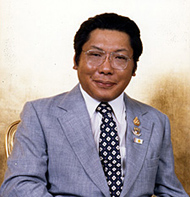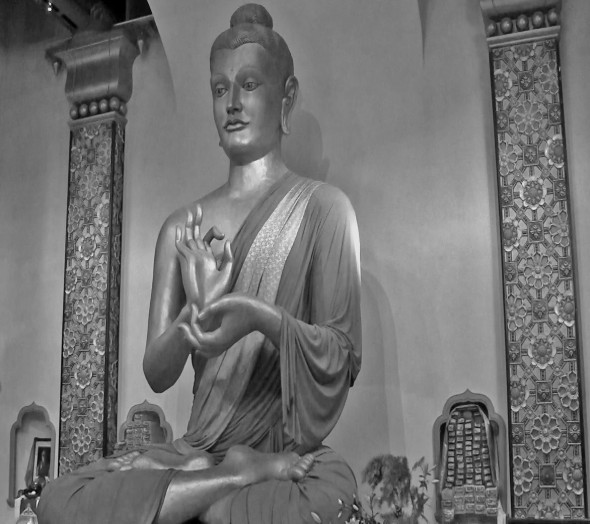By Travis Newbill
It was Monday around noon when the rains began, and for the next several days there was barely a gap between chilly downpours long enough to close and reopen an umbrella. By the fourth day, it was no longer just rainy weather, or even an unusual streak. By the fourth day, and throughout the rest of the week, it was an adventure.
The deer were out of sight, as were the sun, moon, and stars. Beneath the heavy blanket of grey clouds, the people of SMC remained relatively cheerful in spite of the rather oppressive weight of the wetness.
While sludging through muddy terrain or huddled together in the shelter of the dining tent, folks exchanged comforting smiles and expressions of shared bewilderment. Meanwhile, as the rain was unrelenting, so has been the human exertion on the saturated ground–SMC staffers and volunteers have been working tirelessly to ensure the well-being of the community and the preservation of our land and facilities.
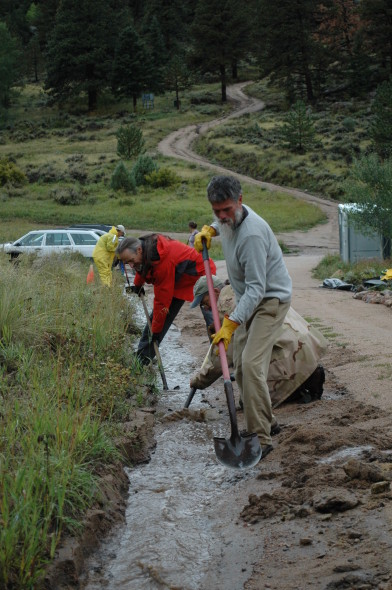 When asked about their experience of the rainy days and to describe the general atmosphere, peoples’ sentiments have ranged from “very down” to “fun,” with most falling into the median category of “overall okayness.”
When asked about their experience of the rainy days and to describe the general atmosphere, peoples’ sentiments have ranged from “very down” to “fun,” with most falling into the median category of “overall okayness.”
“We are safe, and for the most part happy and somewhat dry. We have been taking care of each other on the land and making sure that everyone can find a dry place to sleep,” said one staffer.
Another appreciated the teaching quality inherent in the situation:
“I’m sure it was very different for different people. I myself had a lovely time, but I am very odd. I think it’s good to cope with a little adversity from time to time–you know, get your feet wet. I actually had a wonderful, dharmic experience.”
For yet another, the fragrance of the flooded bottom level of Rigden Lodge came to mind:
“A distinctive broccoli-esque aroma pervades the area, but we’ll have it cleared out soon.”
Despite the damage that SMC has sustained–both to our facilities and our finances, as we had to cancel last weekend’s programs–many people are primarily concerned for those in other nearby areas of Colorado, where the impact of the rain and resulting flooding has been calamitous to a tragic extent.
As one staffer put it:
“I actually feel somewhat disconnected from the real damage, which I’m hearing about from people in places like Boulder. My boots are wet, but we’ve been pretty much fine.”
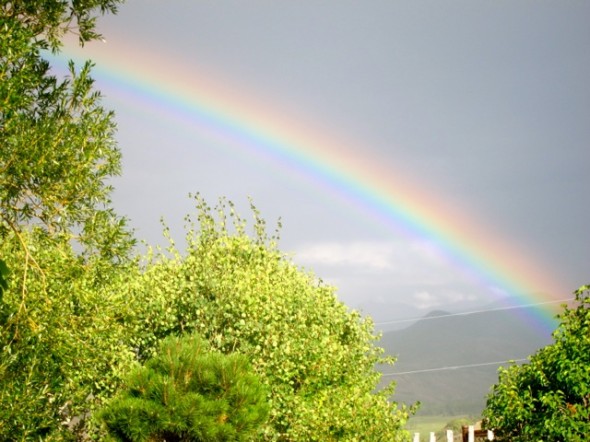 As work to mend damaged roads, buildings, and belongings continues at SMC, our hearts remain with our friends nearby as they cope with severely challenging circumstances. And we remain grateful that we have made it through as intact as we have. Additionally, we are so very touched to have received the messages of concern from many of you regarding our well-being here.
As work to mend damaged roads, buildings, and belongings continues at SMC, our hearts remain with our friends nearby as they cope with severely challenging circumstances. And we remain grateful that we have made it through as intact as we have. Additionally, we are so very touched to have received the messages of concern from many of you regarding our well-being here.
If next summer brings a period of rain more lasting than this one has been, you are all invited to join us in the Stupa, two by two, to ride it out until rainbows grace the sky.


